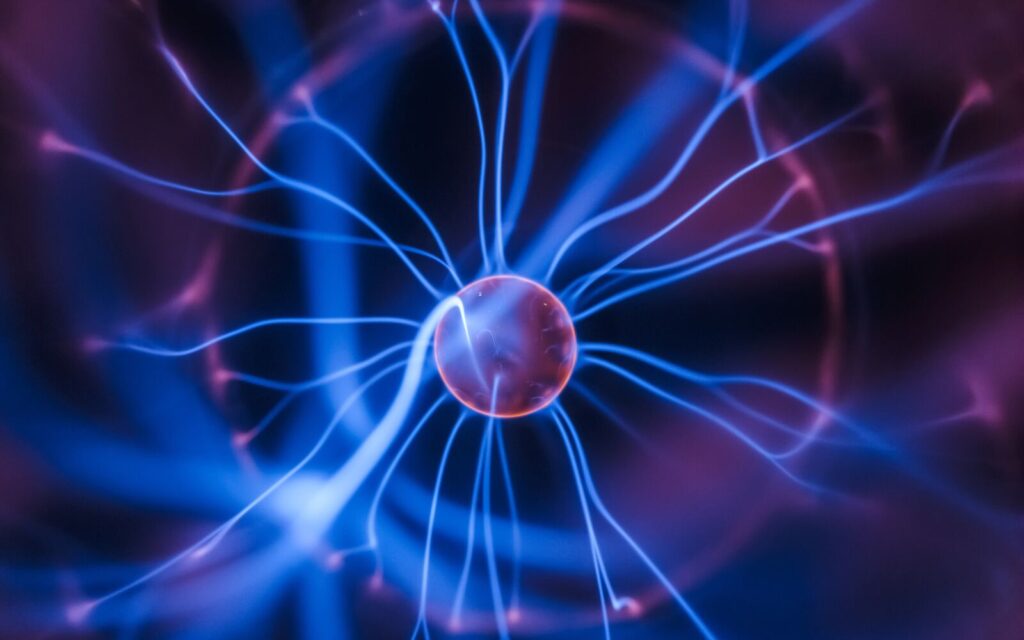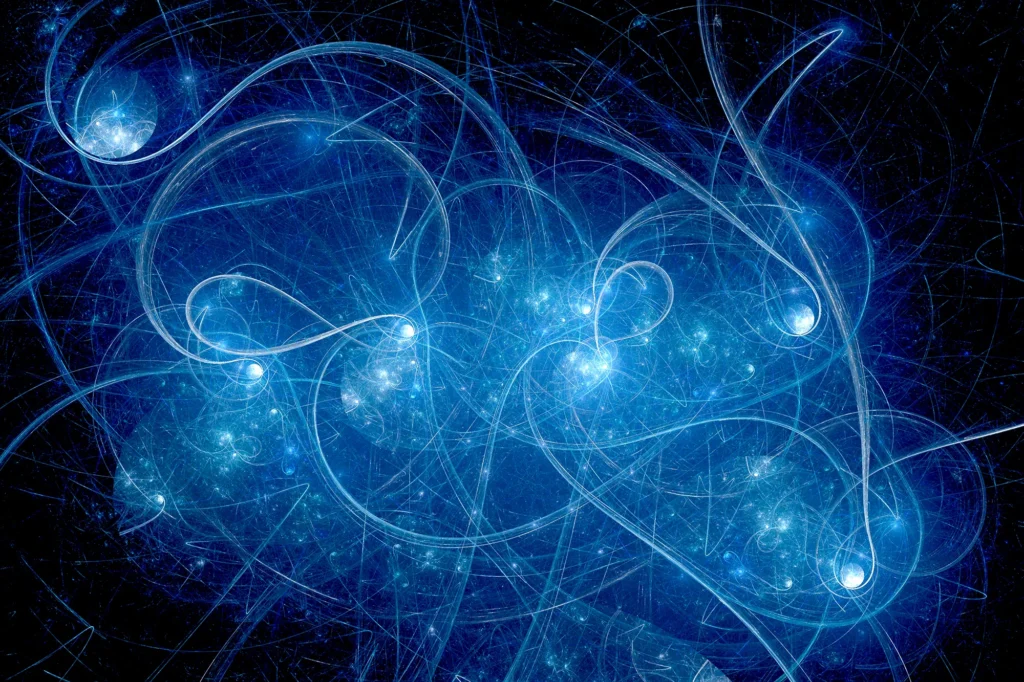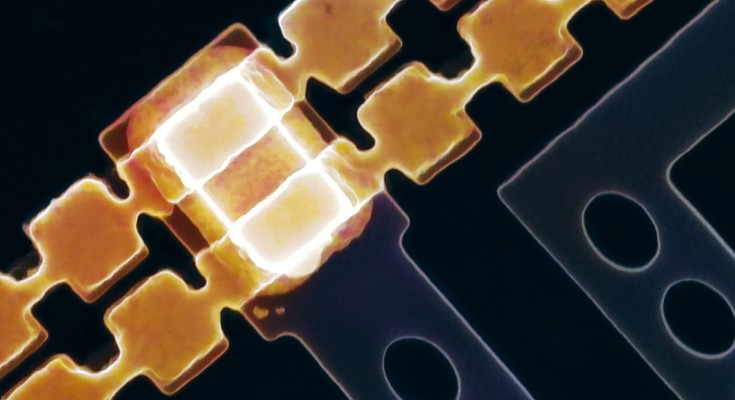Nature Physics had a big impact last year, with an impact factor of 19.684. This means the average article in the journal got cited a lot in 2021. It’s a way to see how important and respected a journal is based on how often people refer to its articles.
Nature Physics is a scientific journal that comes out every month. It’s reviewed by other scientists before publishing and covers lots of different parts of physics, like quantum mechanics, optics, and particle physics. It tries to publish really good and important papers from all areas of physics. They also accept papers about theoretical physics if they relate to experiments.
What is the mission and scope of Nature Physics?

Nature Physics aims to publish high-quality and significant research papers covering a wide range of topics within the field of physics. It welcomes both pure and applied research across various areas, including but not limited to quantum mechanics, condensed-matter physics, optics, thermodynamics, particle physics, and biophysics.
The journal’s mission is to provide a platform for groundbreaking research while maintaining a broad perspective on the discipline of physics.
Additionally, Nature Physics publishes Review Articles, News & Views, Research Highlights, Commentaries, Book Reviews, and Correspondence to contribute valuable content to the physics community.
How is the impact factor of Nature Physics calculated?
The impact factor of Nature Physics is determined by assessing the citation frequency of its articles over a defined period, typically one year. This process involves compiling data on how many times papers published in Nature Physics are referenced in other scholarly publications, such as scientific journals, books, and conference proceedings. Each citation is counted individually, regardless of the source.
Once the citation data is collected, it is divided by the total number of articles published in Nature Physics during the same time frame. This calculation yields the average number of citations per article, representing the impact factor. Essentially, the impact factor reflects the level of academic attention and influence that the journal’s content receives within the scientific community.
A higher impact factor suggests that articles published in Nature Physics are frequently cited by other researchers, indicating their significance and contribution to the advancement of knowledge in the field of physics. It serves as a quantitative measure of the journal’s prestige, importance, and overall standing within the scientific community.
What is the significance of Nature Physics’ impact factor in academic publishing?

The significance of Nature Physics’ impact factor in academic publishing extends beyond mere numerical value; it reflects the journal’s standing within the global scientific community and influences various aspects of scholarly communication and career advancement.
Firstly, a high impact factor signifies the widespread recognition and citation of the research published in Nature Physics. When articles from the journal are frequently referenced by researchers in their own work, it indicates that the content is considered valuable, authoritative, and impactful. This recognition enhances the reputation of Nature Physics as a premier publication venue for cutting-edge research in physics.
Secondly, the impact factor serves as a quality indicator for researchers, funding agencies, and academic institutions. Authors aspire to publish their work in journals with high impact factors to maximize the visibility and impact of their research findings. Consequently, a high impact factor attracts a greater volume of high-quality submissions to Nature Physics, contributing to the journal’s editorial selectivity and ensuring a rigorous peer-review process.
Furthermore, the impact factor influences decision-making processes in academia and research funding. Funding agencies and academic institutions may use the impact factor as one of the criteria for evaluating the scholarly output of researchers when making decisions regarding grant allocations, promotions, and tenure. Publications in high-impact journals like Nature Physics carry significant weight in demonstrating the research productivity and impact of individual researchers and research groups.
Moreover, a high impact factor enhances the global visibility and reach of Nature Physics. Researchers, students, and professionals across the world look to high-impact journals for reliable and influential scientific literature. As such, Nature Physics attracts a broad readership, fostering international collaboration and knowledge dissemination within the physics community and beyond.
Final Words
The impact factor of Nature Physics serves as a multifaceted measure of the journal’s influence, quality, and prestige in academic publishing. It shapes researchers’ publication preferences, influences career trajectories, informs funding decisions, and enhances the global recognition of the journal as a leading platform for groundbreaking research in physics.
